Diet for the liver: what can and cannot be? Let's try to find the answer to this question. The food option is based on the "3Zh" rule, namely, the exclusion of fatty, fried, yellow foods.
The main purpose of the liver is to cleanse the body of toxic and toxic substances that come from food. The "protective barrier" is weakened due to prolonged use of antibiotics, abuse of spirits, gluttony, as well as the prevalence of smoked and fatty foods in the daily diet.
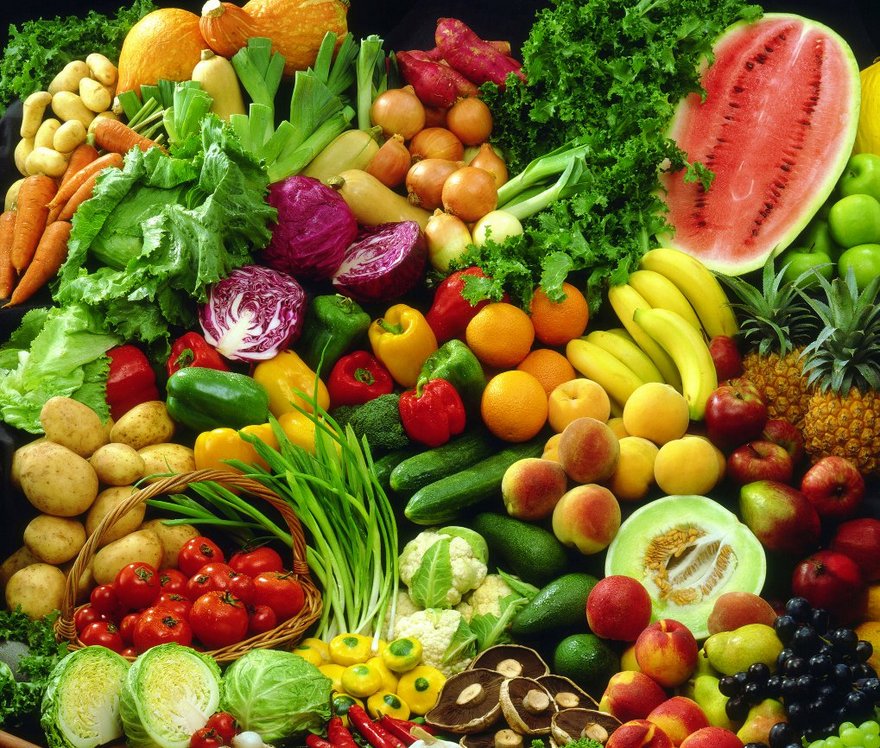
Important aspects
Since diseases often occur in a latent form, they are masked over a long period of time, manifesting only insignificant pigmentation on the skin or heaviness in the right upper quadrant, it is important to periodically check the liver. Diet: what you can’t eat and what you can is a question that is relevant for many people. To begin with, the factors that provoke liver failure are stress, hypothermia, and infection.
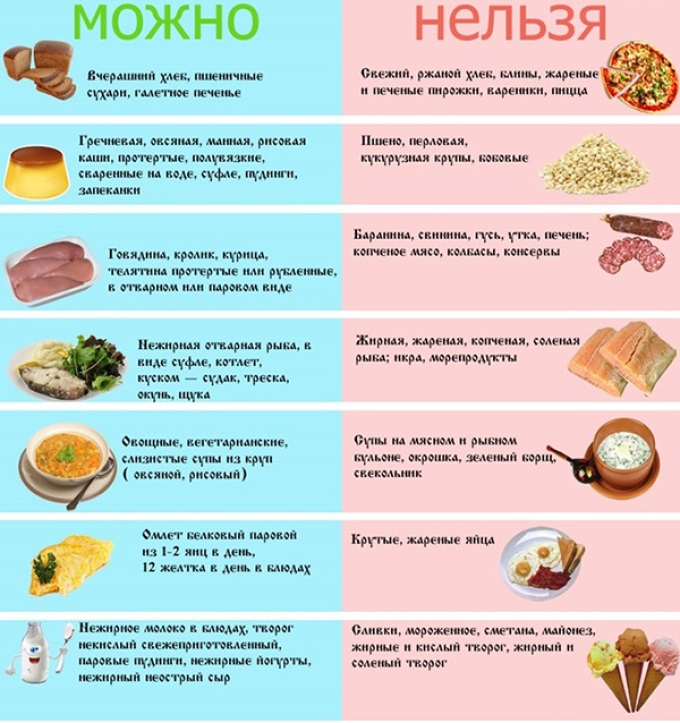
The principles of daily diet
Diet for the liver: what is possible and what is not? Note that the treatment of liver diseases (cirrhosis, hepatitis, cholecystitis) is a laborious process, which involves the use of anti-inflammatory, analgesics, and choleretic drugs.
In many respects, the success of drug treatment is determined by dieting, normalization of metabolism, and restoration of liver function. In the case of pathologies, the appetite decreases, as a result of which the food loses its taste, there are difficulties in its assimilation by the body.
Among the principles on which the liver diet is based, the weekly menu looks like this:
inclusion in the diet of easily digestible protein (up to 150 grams of vegetable and animal protein in equal proportions);
the use of not less than 450 grams of carbohydrate food (if the patient has an overweight problem, in this case the amount of carbohydrates is significantly reduced);
individually determined the percentage of fatty foods;
to reduce the load on the liver, it is necessary to cook, wipe, grind products;
fiber-rich fractional nutrition;
consumption of 7-10 grams of table salt per day;
the use of 1.5-2 liters of water.
The importance of water for the prevention of liver disease
How to save your liver? A diet for every day involves the use of 7-8 glasses of drinking water. This inorganic compound is vital for the full functioning of the “lungs of the body”, and this is exactly what the liver is called.
Water is the environment in which most of the chemical processes of the human body are carried out. Without it, it is impossible to remove toxins, so the functioning of the liver is directly related to the amount of water consumed by a person.
To restore normal liver function, it is necessary to use not simple table water offered on the shelves of supermarkets, but specialized medical water.
The diet is based on the consumption of such water. The liver and pancreas are organs that are the main consumers of medicinal water (up to 2-3 glasses per day), the remaining 4-5 glasses are ordinary drinking water. Of course, each mineral water has its own purpose, so there are not many universal options. They include “Essentuki”, “Narzan”, “Truskavetskaya”, “Mirgorodskaya”, “Slavyanovskaya” healing water.
What else does the diet provide? The liver and pancreas need iodine, bromine, iron, calcium, sodium, magnesium salts, so it is important that they are contained in the healing water in sufficient quantities.
Featured Products
Having learned about the existing pathology, patients do not know what exactly they can use, how to organize their subsequent nutrition so as not to harm the diseased liver. Doctors recommend a very limited list of products to such people. The reason is that the liver is not able to perform its functions in full, and therefore it is possible to cope with the problem only with the interest of the person himself.
Professional Tips
What should a diet look like for liver diseases? The menu is compiled in conjunction with the doctor to rule out various problems. The doctor advises patients to include stale bread in the diet, eat pasta from durum wheat. When there is pain in the liver, it is important to completely eliminate fats from the daily diet. For example, you can replace them with rabbit meat, chicken. Dairy products, as well as fish (perch, cod, trout) will help fill the deficit of fats.
What should be the diet for fatty liver so that the body receives all the necessary nutrients? From dairy products, nutritionists distinguish kefir, yogurt, low-fat sour cream, fermented baked milk, cottage cheese. Due to the risk of exacerbation of the disease, there are restrictions on the use of eggs - 1-2 pieces per week.
When preparing the first dishes, it is necessary to completely drain the first meat broth, thereby reducing its fat content. Serving the first dishes to the table is recommended not hot, but chilled to room temperature.
Diet for liver (gland) disease involves the use of fiber, so among the acceptable products we mention lettuce, carrots, tomatoes, beets, squash, pumpkin. From sweet dishes, marshmallows, marmalade, soufflé, stewed fruit, mousse, as well as berry jelly are allowed.
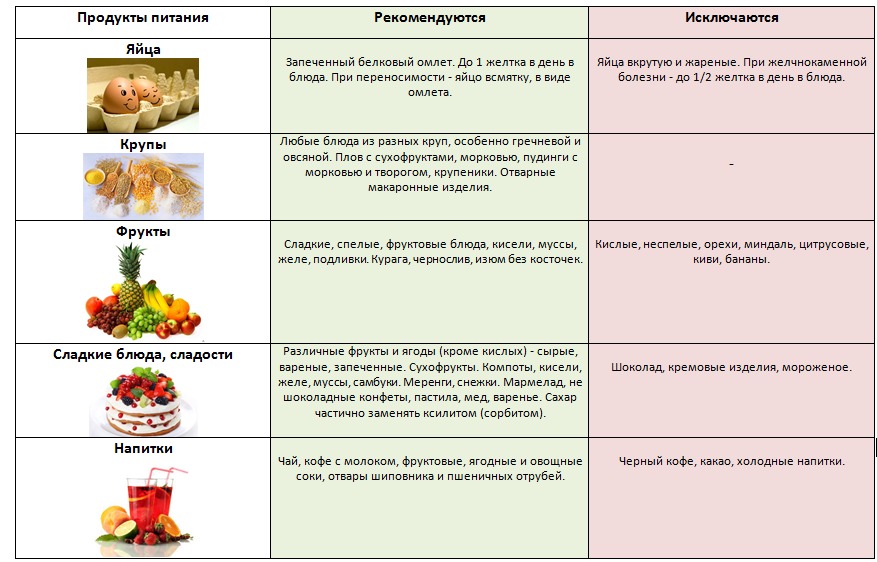
Prohibited Products List
So, how to eat if the liver hurts? What can not be eaten on a diet, and what can be? These issues are relevant for many people in our time, so they can not be left without close attention. Among those products, the use of which is strictly prohibited, we will single out fresh bread, sweet rolls, hard cheeses. It is undesirable to eat fatty meat, canned food, smoked meats, brisket, lard. The emphasis in the daily diet is important to do on vegetables containing coarse fiber, mushrooms, nuts, cabbage, and legumes.
It is important to exclude chocolate, cocoa, and also products with a fat cream from the daily menu if the liver hurts. What can not be eaten on a diet? It is assumed a complete rejection of the use of strong alcoholic beverages.
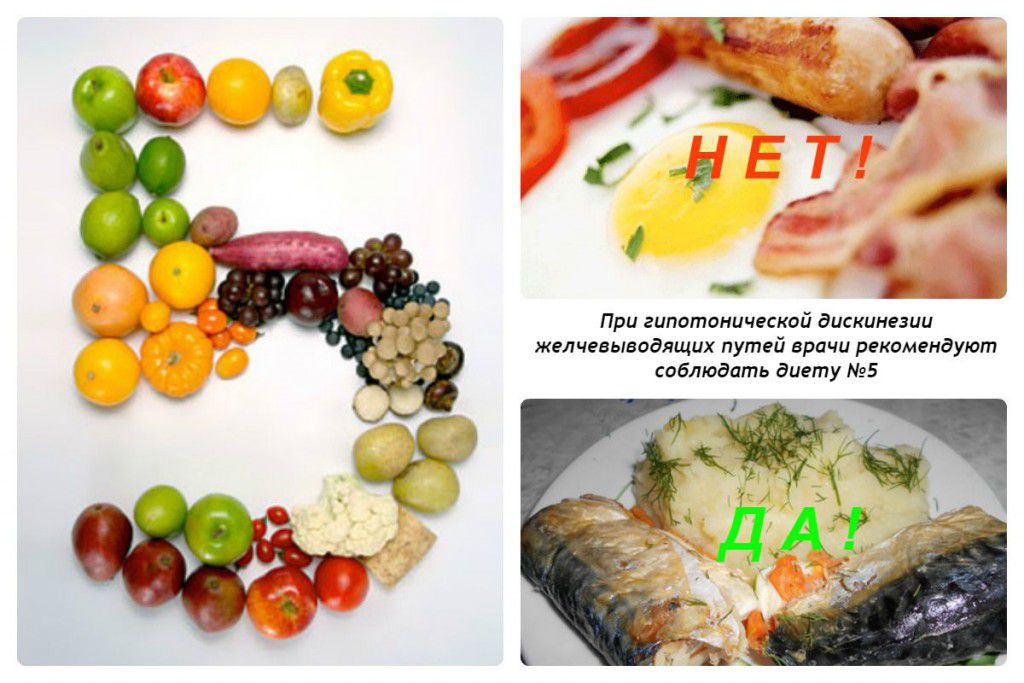
Pathology
What is important to consider when selecting products? What is the doctor who focuses on the diet for the liver? The menu for the week depends on the individual characteristics of the patient, as well as on the type of liver pathology. What points are important to consider? For example, a diet with a gall bladder and liver involves fasting in the morning with a tablespoon of vodka with two tablespoons of olive oil.
After 30 minutes, you can eat oatmeal with flax seeds, boiled in water (without adding salt). 10 minutes before dinner, you need to drink a glass of drinking water with ½ lemon. Such a cleaning option contributes to the outflow of bile, the establishment of the functioning of the liver. Note that this type of cleaning is categorically contraindicated for people with increased acidity of gastric juice.
Does the liver hurt? Diet? What is impossible? What is possible? The answers to all these questions should be given by a professional, therefore it is impossible to self-medicate, it is important to rely not on the recommendations of traditional medicine, but on the results of laboratory tests and the recommendations of a doctor.
What might a diet look like with liver hepatosis? The menu involves the involvement (taking into account the particular pathology) of certain products:
fish (meat) cooked in a double boiler;
milk and dairy products (low-fat cottage cheese, sour cream, processed cheese);
bakery products (crackers, stale crusts);
vegetable soups with cereals (without fatty broth);
greens and vegetables (except for radish, tomato, rare, garlic, spinach, sorrel);
scrambled eggs or boiled eggs (no more than 1-2 pieces per week).
Adjustment of products is carried out by the attending physician, diet becomes an indispensable part of effective therapy.
Features of nutrition in liver diseases
What should a diet look like with fatty liver hepatosis? The menu is designed to recover from acute hepatitis and cholecystitis, as well as during the rehabilitation period after cirrhosis and liver failure.
The nutrition option is aimed at normalizing the functioning of the liver, in addition to the acute form of cholelithiasis, acute manifestations of the disease due to chronic cholecystitis and hepatitis.
The proposed diet is also prescribed for pancreatic and gall bladder dysfunctions.
Let's start with the list of allowed products:
boiled lean beef, rabbit, veal, chicken, lamb meat;
boiled river fish;
vegetarian puree soups;
salads from fresh or steamed vegetables with vegetable oil;
vanilla, cinnamon;
oatmeal, buckwheat;
rosehip broth, weak black tea, dried fruits.
The following products are prohibited:
fat meat;
salinity, smoked meats, offal, semi-finished products, canned food;
spices, hot seasonings;
fatty desserts, milk chocolate.
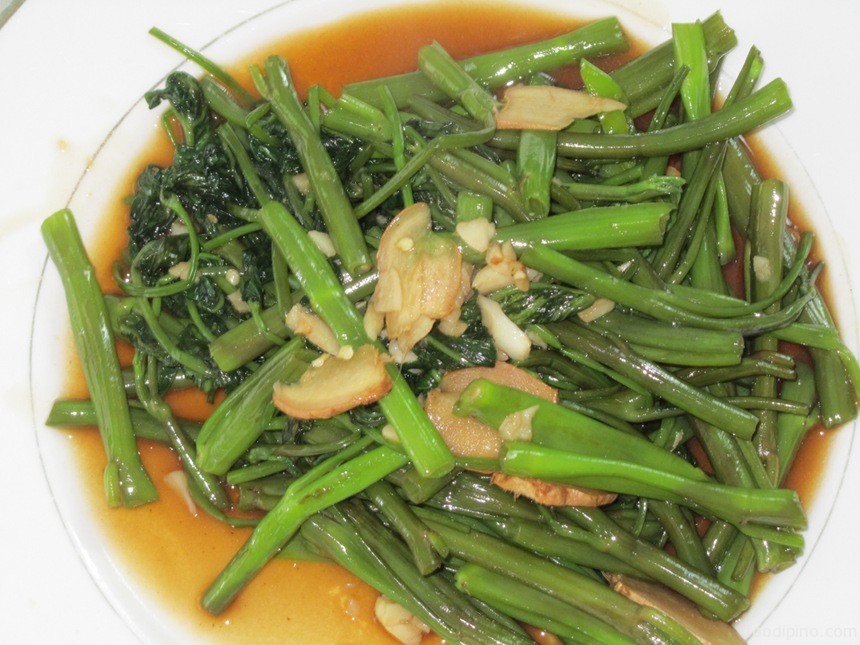
Recipes
What might a diet look like with liver hepatosis? The menu for the week is based on reducing the load on the diseased organ, removing harmful toxins from the body, optimizing the release of bile, and normalizing the work of the bile ducts.
Pumpkin soup with oatmeal. To prepare this dish you will need 100 grams of peeled pumpkin. It is cut into small cubes, filled with cold water, boiled until half cooked.
Next, pumpkin is transferred to the pan, languished under a lid with butter. Then, 2 tablespoons of oatmeal are introduced into the dish, the broth of the pumpkin is poured, constantly mixed. The mixture is laid out in a blender, crushed. Pumpkin broth, ½ teaspoon butter, a small amount of sugar are added to it. Instead of pumpkins, you can take zucchini soup puree for cooking.
Beef steaks are prepared on the basis of white stale bread (25 g), soaked in milk or water. 125 g of lean beef is turned into minced meat, bread, salt and a small amount of water are added. Cutlets are made of the resulting mass and boiled for 15-20 minutes. Before eating, you can pour this dish with melted butter.
Egg white biscuit is a dish for the preparation of which you will need 6 proteins, 1/3 cup sugar. The whites are whipped with a mixer (blender) into the foam, then pre-ground white crackers are added to them. ½ of the resulting mixture is laid out in a baking dish, previously greased with butter. 1-2 tablespoons of food poppy are placed on top, then the remaining protein mixture is poured. This dish is baked in the oven at a temperature of 180 degrees. After cooling, they are removed from the mold and served on the table.
Beetroot and carrot salad is a dish for the preparation of which special cooking skills are not required. Vegetables are washed, peeled, then chopped or rubbed on a coarse grater. It remains only to add vegetable oil, a small amount of salt and you can start the meal.
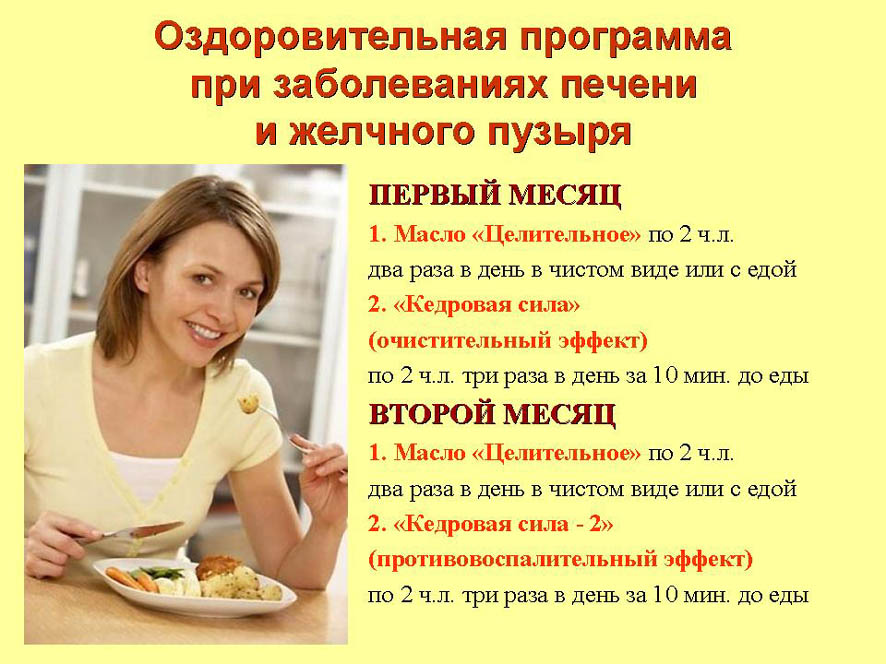
Ready menu
The duration of diet therapy is determined by the doctor, taking into account the individual characteristics of each patient. Some patients adhere to the diet for several years, and someone is forced to forget about the use of fatty and fried foods.
Breakfast. Low-fat cottage cheese with sour cream, oatmeal, curd pudding, black tea (with milk).
The second meal involves the use of lean meat, steamed or in water, a baked apple, a small slice of bread.
Lunch consists of vegetarian soup in vegetable oil, chicken or beef with rice, stewed zucchini, jelly or dried fruit compote.
For dinner, mashed potatoes with boiled (steamed) fish, cottage cheese casserole, tea with milk or lemon are allowed.
Before going to bed, it is advisable to consume 200 ml of low-fat kefir.
When dieting, it is assumed that bread from coarse flour is consumed in an amount of 150-200 grams. The maximum dose of sugar should not exceed 70 grams per day.
The therapeutic diet for cirrhosis is not particularly different from the usual diet. We offer several options for tasty and healthy dishes for people with similar problems.
- Low-fat salad.
It can be considered an alternative to a “heavy” salad dressed with mayonnaise. The following ingredients will be required for the dish: boiled chicken - 80 g, potatoes - 50 g, cottage cheese - 30 g, cucumbers - 30 g, salt, greens, oranges - 30 g, sweet and sour apples - 30 g.
Cooking sequence:
products are cut into strips;
workpieces are salted;
sour cream is added;
all ingredients are mixed.
Other fruits and vegetables similar in taste are also added to the salad. Instead of chicken, turkey, low-fat beef, and rabbit are acceptable.
- Cabbage soup with cabbage and fish.
This soup can be made tasty, light, rich, if you strictly follow the recommendations for its preparation. For the dish you will need 500 g of lean fish, 300 g of fresh cabbage, celery and carrots - 1 each, vegetable oil - 30 ml, drinking water - 3 l, bay leaf, salt, greens.
All roots are rubbed on a medium grater, slightly salted cabbage, heated for 25-30 minutes in a pan with oil. Further, until ready to fry (soar) fish. Roots, cabbage, bay leaves, fish are introduced into boiling water. Cabbage soup boil for about 5-7 minutes, then they are slightly cooled, add greens, sour cream, served on the table.
- Chicken Pudding.
This dish is rich, tender, juicy. He needs boiled chicken breasts - 500 g, boiled rice - 200 g, milk - 150 ml, butter - 10-15 g, an egg - 1 piece, salt, vegetable oil.
First, it is necessary to grind chicken boiled breasts in mashed potatoes with a blender. Boiled rice is rubbed through a sieve, added to chicken puree. They add oil, milk, salt to the minced meat. Then beat the protein, add it to the mixture. Foil is placed in a baking dish, then minced chicken is placed. You can cook the roll in a water bath or in the oven for 20-25 minutes.
Ready-made pudding with steam or fresh vegetables is served.

To summarize
Numerous diseases of the gall bladder and liver appear due to excessive consumption of alcoholic products, due to acute infectious diseases, illiterate and malnutrition, due to metabolic disorders, as well as the result of genetic pathologies. A therapeutic diet, selected separately for each specific patient, is based on his state of health, and also depends on the stage of development of the disease.
Among the general recommendations of nutritionists, one can mention the enrichment of the diet with a certain amount of easily digestible protein, the minimum amount of fat. It is also important to comply with the norm for carbohydrates, taking into account body weight. If the patient has a problem of excess weight, in this case, the carbohydrate content is significantly reduced in the daily diet.
Preference should be given to chopped and mashed products, as well as dishes that are steamed or on water.
It is important to pay attention to the multivitamin of the daily diet. For maximum assimilation of food, nutritionists recommend dividing food into several separate blocks, significantly reducing the amount of servings.
The liver hurts: the "What not to eat" diet? The question is relevant, so you need to know that with liver diseases it is not allowed to use cold or hot dishes. Ice water, ice cream, hot soup - all this can provoke the appearance of pain, cramping, the manifestation of hepatic colic.
For the duration of the diet, it is necessary to completely abandon saturated toxins, fatty foods. The liver, which is responsible for metabolic processes, the production of bile, its excretion from the intestine, the directing of the substances necessary for the body into the blood, the destruction of toxic substances, is subjected to constant overloads. Only with proper nutrition can you count on its full performance.